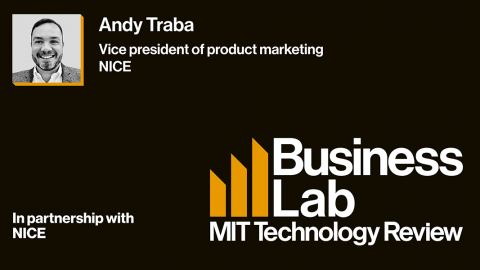
Among other things, this is what Gebru, Mitchell, and five other scientists warned about in their paper, which calls LLMs “stochastic parrots.” “Language technology can be very, very useful when it is appropriately scoped and situated and framed,” says Emily Bender, a professor of linguistics at the University of Washington and one of the coauthors of the paper. But the general-purpose nature of LLMs—and the persuasiveness of their mimicry—entices companies to use them in areas they aren’t necessarily equipped for.
In a recent keynote at one of the largest AI conferences, Gebru tied this hasty deployment of LLMs to consequences she’d experienced in her own life. Gebru was born and raised in Ethiopia, where an escalating war has ravaged the northernmost Tigray region. Ethiopia is also a country where 86 languages are spoken, nearly all of them unaccounted for in mainstream language technologies.
Despite LLMs having these linguistic deficiencies, Facebook relies heavily on them to automate its content moderation globally. When the war in Tigray first broke out in November, Gebru saw the platform flounder to get a handle on the flurry of misinformation. This is emblematic of a persistent pattern that researchers have observed in content moderation. Communities that speak languages not prioritized by Silicon Valley suffer the most hostile digital environments.
Gebru noted that this isn’t where the harm ends, either. When fake news, hate speech, and even death threats aren’t moderated out, they are then scraped as training data to build the next generation of LLMs. And those models, parroting back what they’re trained on, end up regurgitating these toxic linguistic patterns on the internet.
In many cases, researchers haven’t investigated thoroughly enough to know how this toxicity might manifest in downstream applications. But some scholarship does exist. In her 2018 book Algorithms of Oppression, Safiya Noble, an associate professor of information and African-American studies at the University of California, Los Angeles, documented how biases embedded in Google search perpetuate racism and, in extreme cases, perhaps even motivate racial violence.
“The consequences are pretty severe and significant,” she says. Google isn’t just the primary knowledge portal for average citizens. It also provides the information infrastructure for institutions, universities, and state and federal governments.
Google already uses an LLM to optimize some of its search results. With its latest announcement of LaMDA and a recent proposal it published in a preprint paper, the company has made clear it will only increase its reliance on the technology. Noble worries this could make the problems she uncovered even worse: “The fact that Google’s ethical AI team was fired for raising very important questions about the racist and sexist patterns of discrimination embedded in large language models should have been a wake-up call.”
BigScience
The BigScience project began in direct response to the growing need for scientific scrutiny of LLMs. In observing the technology’s rapid proliferation and Google’s attempted censorship of Gebru and Mitchell, Wolf and several colleagues realized it was time for the research community to take matters into its own hands.
Inspired by open scientific collaborations like CERN in particle physics, they conceived of an idea for an open-source LLM that could be used to conduct critical research independent of any company. In April of this year, the group received a grant to build it using the French government’s supercomputer.
At tech companies, LLMs are often built by only half a dozen people who have primarily technical expertise. BigScience wanted to bring in hundreds of researchers from a broad range of countries and disciplines to participate in a truly collaborative model-construction process. Wolf, who is French, first approached the French NLP community. From there, the initiative snowballed into a global operation encompassing more than 500 people.
The collaborative is now loosely organized into a dozen working groups and counting, each tackling different aspects of model development and investigation. One group will measure the model’s environmental impact, including the carbon footprint of training and running the LLM and factoring in the life-cycle costs of the supercomputer. Another will focus on developing responsible ways of sourcing the training data—seeking alternatives to simply scraping data from the web, such as transcribing historical radio archives or podcasts. The goal here is to avoid toxic language and nonconsensual collection of private information.





Recent Comments